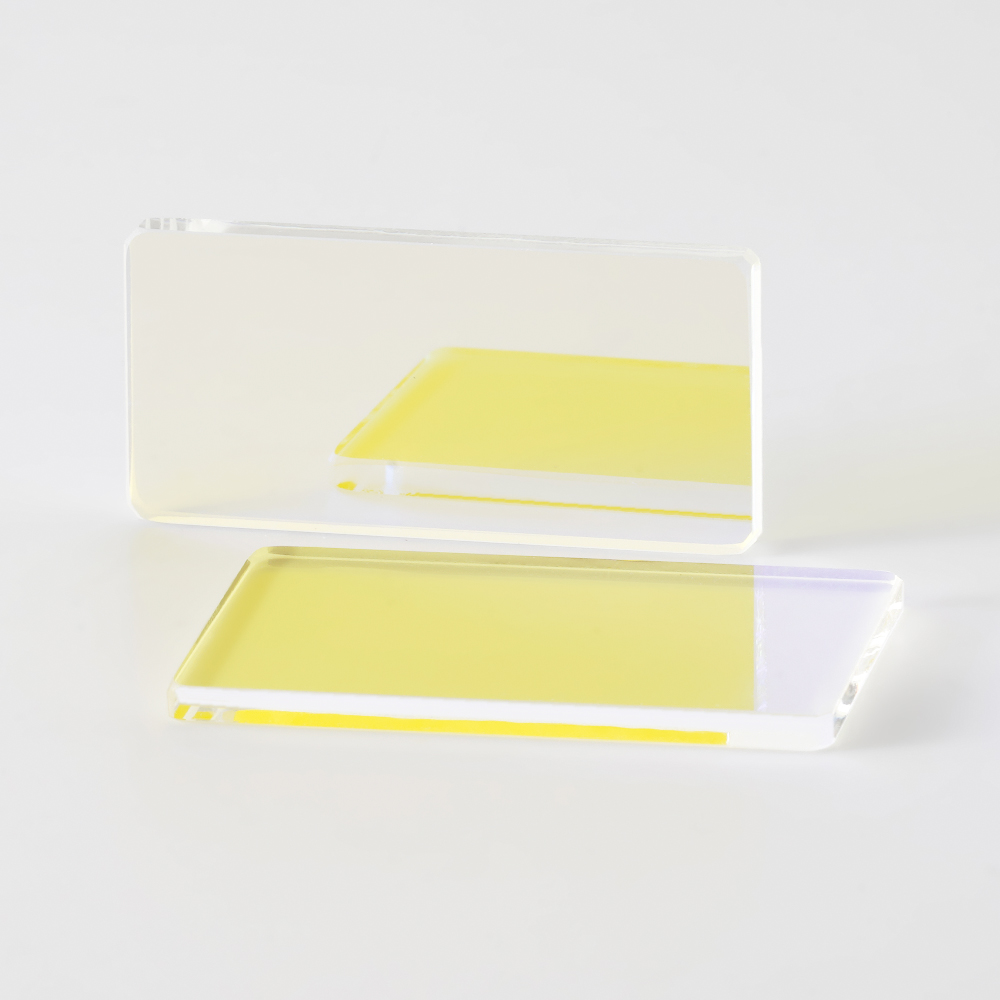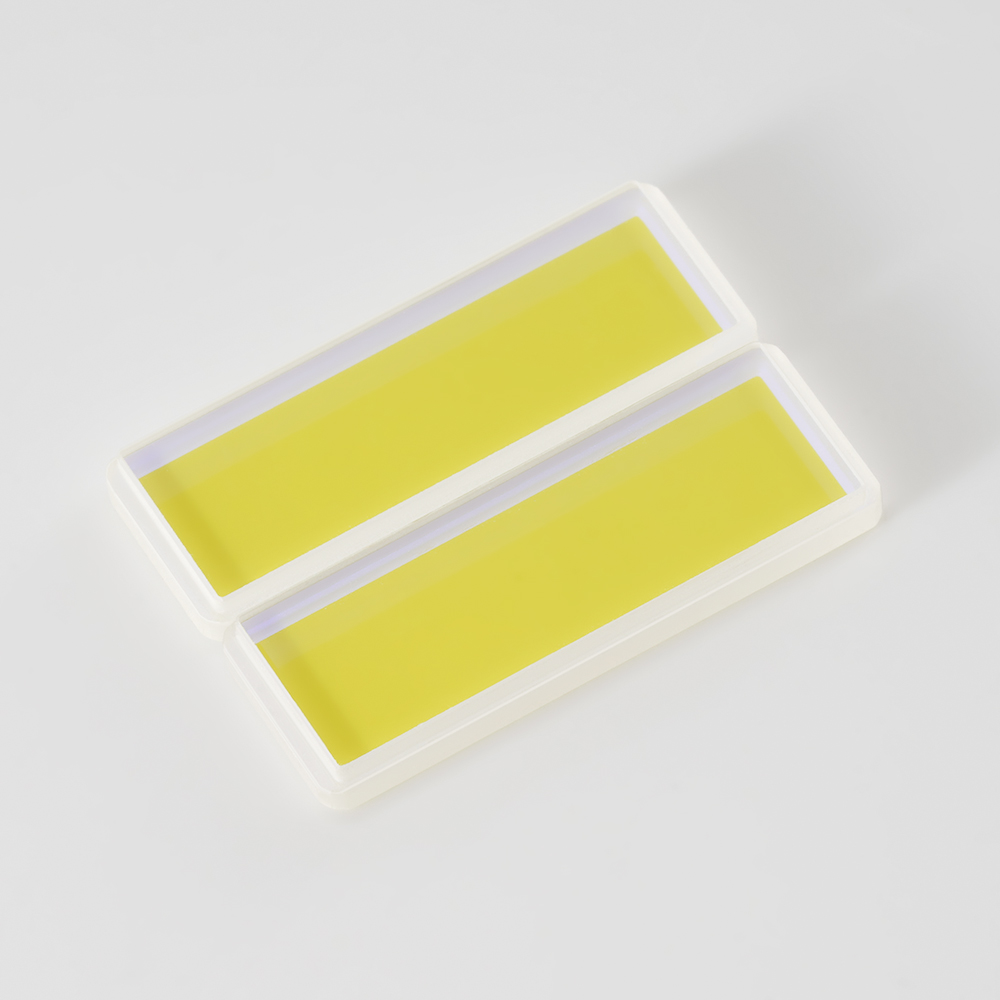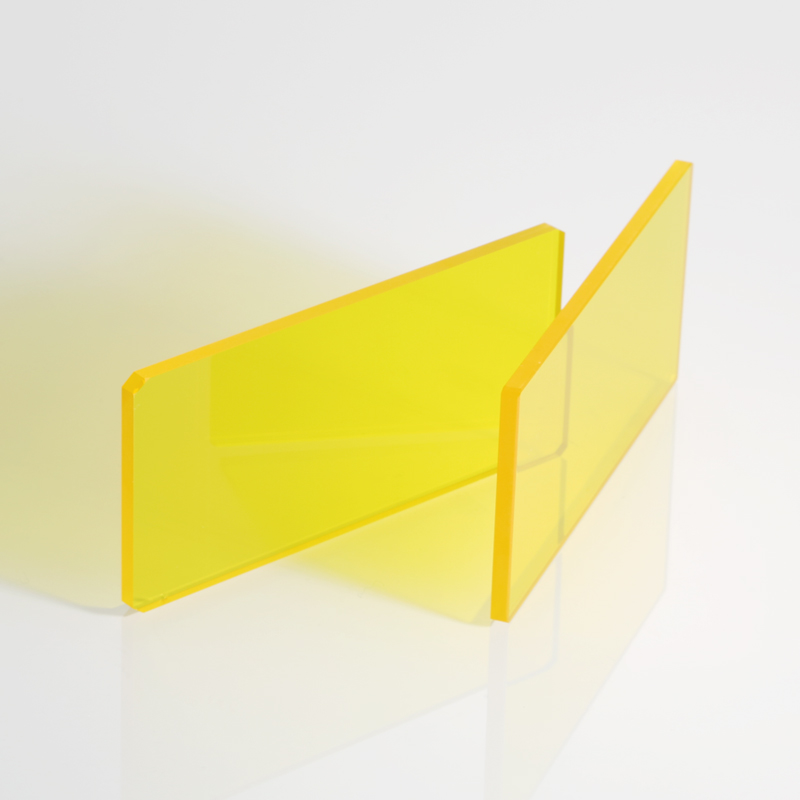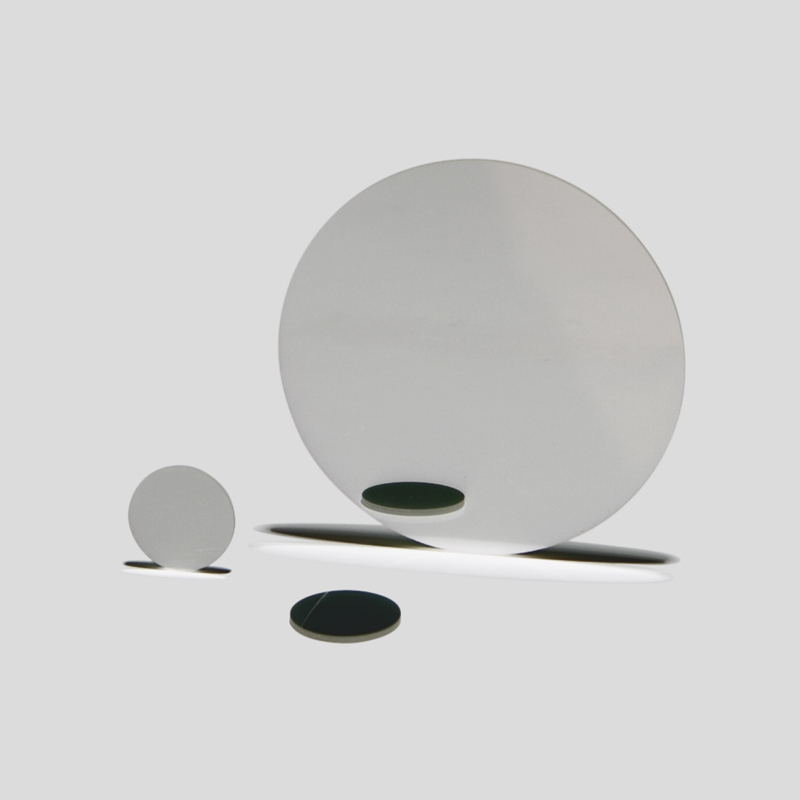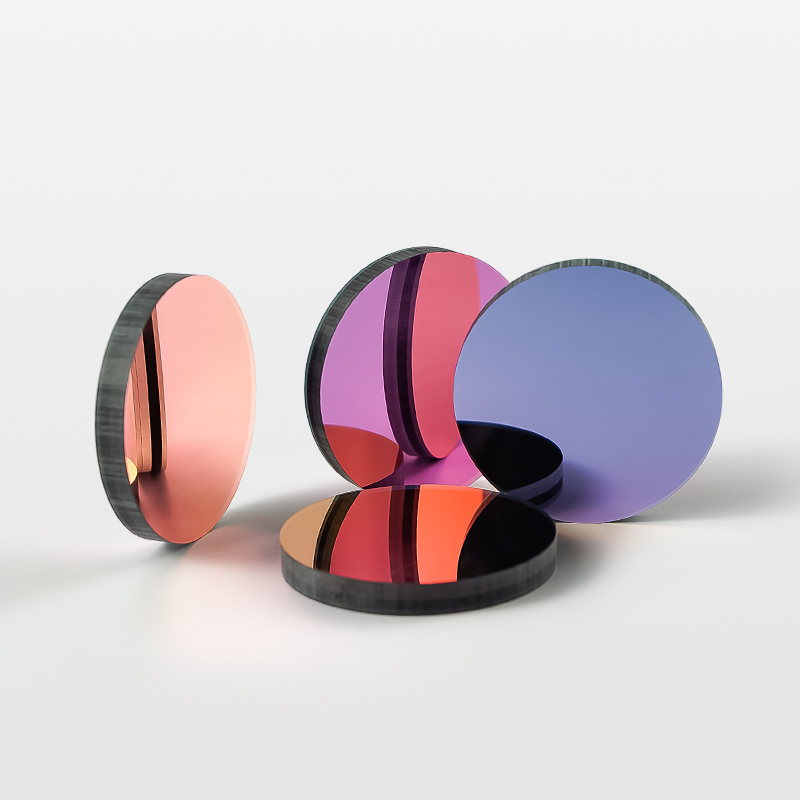
Polarized film is a polymer-based multilayer optical film that can be laminated to the rear absorbing polarizer in the LC backlight. It is a reflective polarizer on glass that improves polarization efficiency by transmitting one polarization state and reflecting the other, recycling light into the system to increase brightness at a wide viewing angle. The increase in efficiency can be used to offset battery consumption in LCD applications and more.
Model: 40:60 Beam Splitter
Specifications: Customized
Material: Optical glass
A polarizing film is an optical filter that selectively transmits light with a specific polarization while blocking other orientations. This film is designed to either absorb or reflect light waves with certain orientations, thereby creating a polarized output. Polarizing films are widely used in applications that require control over light reflection, glare reduction, and contrast enhancement, including in displays, photography, microscopy, and various optical devices.




Working Principle
Polarizing film works based on the principle of polarization by absorption. The film is typically made of a polymer (often polyvinyl alcohol, or PVA) embedded with long-chain molecules aligned in a specific direction. When unpolarized light (containing waves vibrating in all directions) passes through the polarizing film:
- The aligned molecules in the film absorb light waves vibrating in one direction (perpendicular to their alignment).
- Light waves vibrating in the parallel direction pass through, resulting in polarized light that vibrates in only one plane.
This filtering effect depends on the orientation of the film relative to the incoming light and can be fine-tuned for specific polarization directions.
Types of Polarizing Film
Linear Polarizing Film:
- Filters light to allow only linear polarization, meaning the transmitted light vibrates in a single plane. Linear polarizers are widely used in LCD screens, photography, and laboratory equipment.
Circular Polarizing Film:
- Converts unpolarized light into circularly polarized light, where the light waves form a circular pattern as they travel. This type of polarizer is often created by adding a quarter-wave plate to a linear polarizer. It is particularly useful for applications like 3D displays and photography where light reflections need control without impacting overall visibility.
Reflective Polarizing Film:
Reflects rather than absorbs one polarization state while allowing the other to pass through. These are often used in energy-efficient lighting systems and LCD displays to improve brightness and energy efficiency by recycling light within the system.
Key Advantages of Polarizing Film
Improved Visibility and Reduced Glare: Essential in outdoor applications, polarizing films cut down on unwanted reflections, making them perfect for sunglasses, car windows, and display screens.
Enhanced Contrast and Color: In photography and display screens, polarizing films improve color contrast and saturation, creating more vivid and visually appealing images.
Precise Light Control: Polarizers enable precise control of light for scientific, industrial, and photographic applications by filtering out specific polarization states.
Energy Efficiency: By recycling light in LCD and LED backlit systems, reflective polarizing films contribute to energy efficiency, making devices like TVs and monitors more sustainable.
Applications of Polarizing Film
Display Technology:
- Polarizing films are fundamental components in LCD screens (e.g., televisions, smartphones, and computer monitors). Two polarizing films are used in each pixel, with liquid crystals adjusting the polarization state of light to create images on the screen.
Photography:
- In photography, polarizing filters are used to reduce reflections and glare from surfaces like water, glass, and metal, and to enhance the contrast of the sky and clouds. Polarizers can also enhance color saturation in outdoor scenes.
Optical Microscopy:
- Polarizers are used in polarized light microscopy (PLM) to study materials with anisotropic properties. By controlling the polarization of light, this technique can reveal detailed information about the structure and composition of materials like minerals, polymers, and biological tissues.
3D Projection and Glasses:
- Circular polarizing films are used in 3D movie systems and glasses. By polarizing each frame for the left and right eyes differently, they allow viewers to perceive depth in 3D movies without crosstalk between images.
Anti-glare Applications:
- Polarizing films reduce glare on displays, car windows, and sunglasses by filtering out horizontally polarized light that typically reflects from flat surfaces. This significantly enhances visibility in bright environments.
Photography and Optical Instruments:
- Polarizing films are used in scientific instruments to control light reflections and improve visibility in complex optical systems. In lasers, they help manage light paths and are essential for many optical experiments requiring specific polarization states.
Energy Efficiency:
In LED lighting systems and backlit displays, reflective polarizing films help recycle light, improving overall brightness and reducing energy consumption.
Polarizing film Customer Case (reference size)


